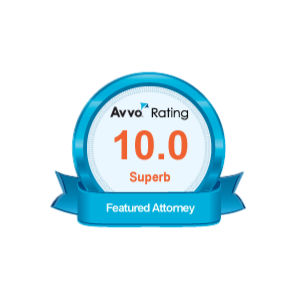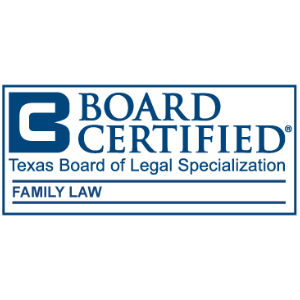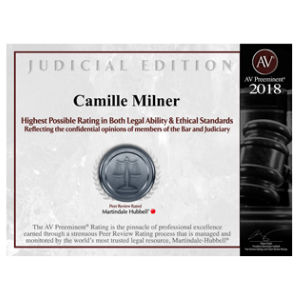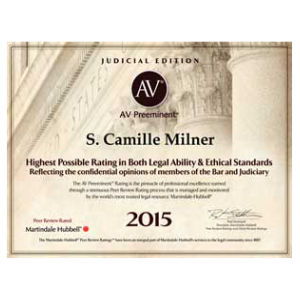
Divorcing Clients frequently comment on the how, even when there is an agreement, the Court finalization ceremony feels cold and empty of compassion.
The clients who attend the five or so minute finalization proceeding in Court comment that the process leaves them feeling like something is unfinished. And the ones who do not attend the Court proceeding are not even aware of when the finalization, or legal ending of their marriage happens, until they receive notice by email, mail or a phone call that it is “final.” In A Storms Can’t Hurt the Sky: A Buddhist Path for Divorce, Gabriel Cohen says that “…couples enter into a relationship with love and so there should be a process to end that relationship with love.” Somehow, that five-minute Court proceeding just does not give the respect and dignity to a relationship’s ending that it deserves.
When my divorcing clients began asking about a ritual other than the 5 minutes in Court where the judge signs the decree, it made me begin to think and look for such a ritual to meet their need.
In that research, I have learned that humans need ceremony and ritual; it seems to give them a feeling of officially being joined or officially being divided. People who understand the purpose of ritual say that the act of the ritual itself slows everything down and provides the people involved with a unique space, for just a short time, that enables them to intentionally and jointly acknowledge the ending of their relationship as a couple.
Of the many reasons I have been drawn to the Collaborative Divorce Process, one is because of its metaphor of “untying of the knot,” which seems to be an appropriate mirror image for how the marriage ceremony is often described as “tying the knot.”
Too often, the litigation process makes people feel like through their divorce, they are suffering an amputation without anesthesia. In the Collaborative Divorce Process, instead of laying blame or shame on each other, the couple and their attorneys and other supporting professionals, help the clients gently unty the knot, focusing on the future rather than the past – what are their goals and interests going forward? Keeping the children emotionally, physically and financially safe, stable and secure? Maintaining relationships with their extended families and friends? Supporting each other in the ways they each move forward separately? Assuring that they each have financial stability and security moving forward?
Nancy Cameron, a Collaborative Divorce attorney and former President of the International Academy of Collaborative Professionals describes it as follows:
“The landscape of the end of a marriage is vast: It is dominated by pain, fear, fleeting exhilaration of new life, confusion, shame, anger, sorrow, and emotional, physical, and visceral dislocations. Viewed against this panorama, I have long been conscious of how discrete and almost insignificant the legal end of a marriage is.”
Having that same feeling, I have looked for a ritual that would be appropriate for clients who want to have that aspect brought to the ending of their marriage, but often, any suggestion of that has been met by rolling eyes and skepticism from other attorneys and judges, who, at best, clearly do not fully understand what the clients are experiencing and, at worst, do not have the intestinal fortitude to walk beside their clients through the pain that is required to be fully felt and processed for them to be able to move on to the next stage of their lives. Yet, I have carried on in that quest. Finally, I have found at least a doorway into that discussion. Marilyn Beloff, Ph.D., a psychologist and Collaborative Divorce Professional in Vancouver, BC, has authored a book about such a ritual for divorce, called “Moving Forward: An Ancient Divorce Ritual for the Modern World.” While her book happens to focus on case studies and the perspectives of people who have engaged in the ancient Jewish ritual of divorce known as the “Get,” (because that was something with which she had personal experience) its wisdom and insight is not limited to a religious ritual of any denomination or a ritual that has to be religious at all. As Nancy Cameron, former president of the International Academy of Collaborative Professionals, said in her Forward to Marilyn’s book, she said “Moving Forward” transcends the orthodoxy of the “Get,” and offers an understanding of the universal need of people to acknowledge the end of a relationship and have closure, the much overused, but still useful word to describe that yearning for a ritual of ending their relationship that divorcing couples feel. I have four pages of profound quotes from her book that I have saved, but unfortunately, space does not allow me to share all those with you in the limited space of a blog. But those profound insights are why I highly recommend that anyone, who is or has been involved in a divorce, read this book.
In addition to the book written by Dr. Beloff, she produced a video called “Moving Forward,” which shows an example of what this ritual might look like.
This ritual could be adapted for any divorce or ending of a relationship, and while she self-effacingly said the video is dated, I believe it still has great value for us to begin this conversation.
Once a divorce enteres into or is handled in the court system as a litigated case, because of the ongoing damage to the relationship and wounding to the parties, it is highly unlikely that a couple would be in a mindset to engage in a healing ritual process such as Dr. Beloff offers in her book or video, “Moving Forward.” That fallout from a litigated, or court resolved, divorce, is particularly sad, because the parties/clients and their children and extended families and friends will all suffer from the ongoing lack of closure or healthy “finish” to the marriage or relationship. The Collaborative Divorce process offers a process that lays the foundation to end the marriage in a healthy and compassionate way and sets the table for such a ritual as Dr. Beloff has shown in her book and video. If you or anyone you know must go through a divorce, please ask them to explore the option of Collaborative Divorce.











